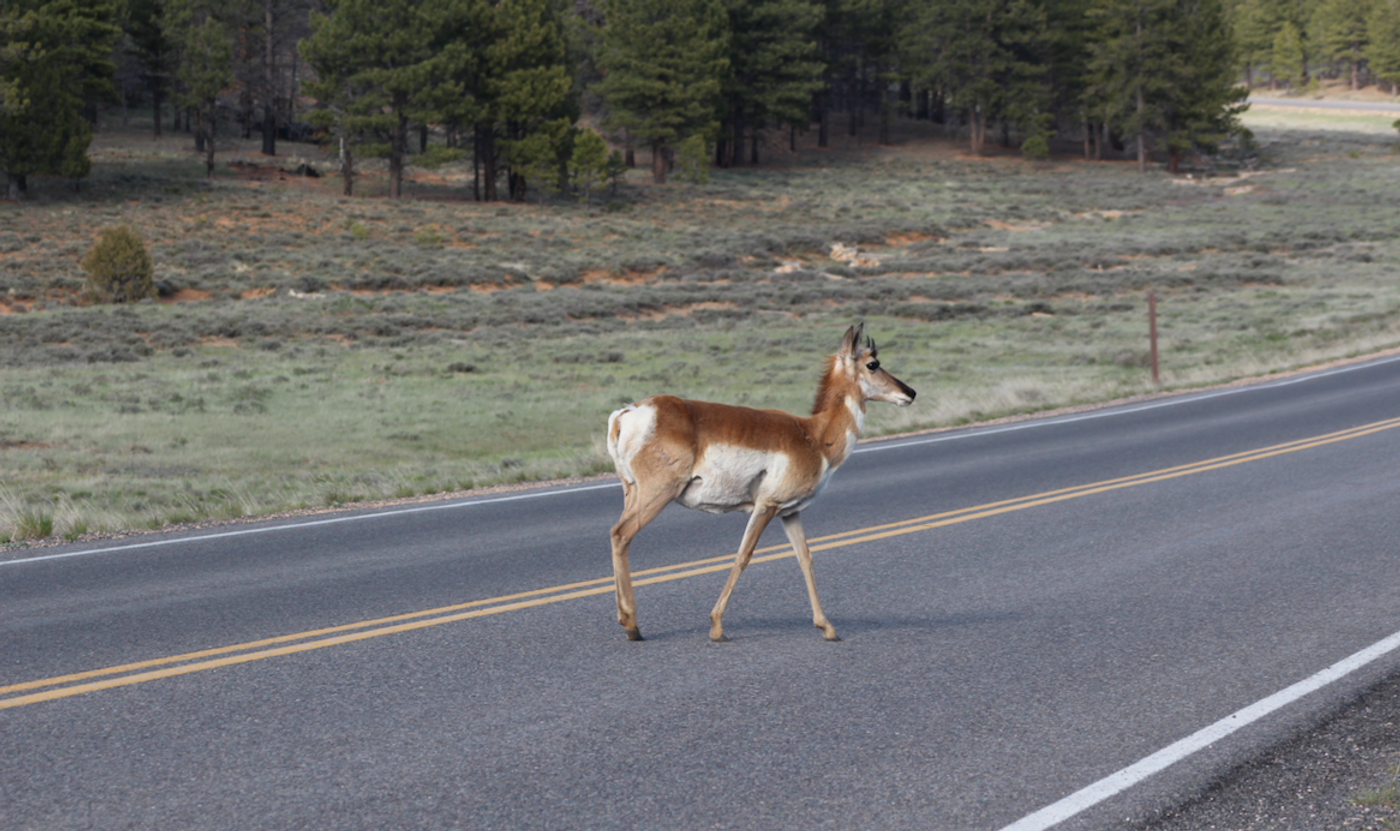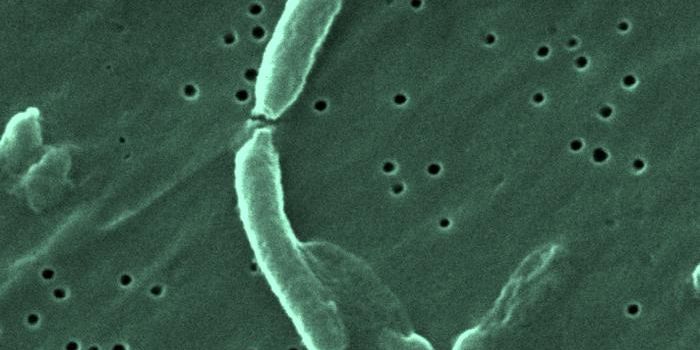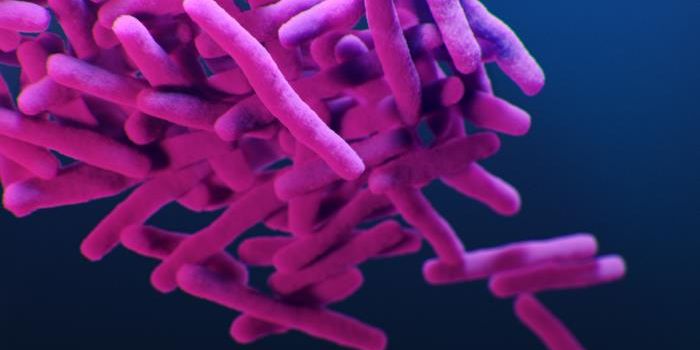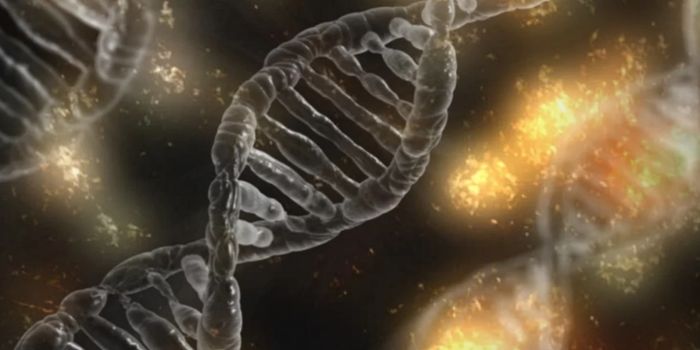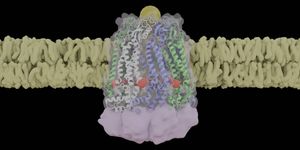Connecting Changes in Land Use to Emerging Diseases
It's estimated that an astonishing 75 percent of emerging pathogens that infect people are zoonotic - they originate in animals, including livestock or wildlife. They can be caused by infectious agents like bacteria, viruses, or fungi, and may be foodborne, or transmitted through proximity. Some can also move through air or water. The Centers for Disease Control and Prevention estimates that around the world, zoonotic diseases cause around 2.5 billion cases of illness and kill 2.7 million people every year.
With surveillance, proper hygiene, vaccines, and other preventive measures, the risks of some zoonotic diseases like rabies can be minimized. But others continue to pose a risk to public health, and new zoonotic diseases can emerge at any time. Like other coronaviruses, the pandemic virus that causes COVID-19 is thought to be zoonotic.
Reporting in Mammal Review and described in the video above, researchers have taken a look at how the way we use land has influenced the transmission of zoonotic diseases. Humans have had a dramatic impact on some ecosystems, causing deforestation, urbanization, and the conversion of land so it can be utilized for agriculture. This has all had an impact on the movement of zoonotic diseases.
The authors wrote that when the natural habitats of many species are reduced or removed because of changes in the way land is used, animals are forced to live closer to people, clearly creating interactions that are a source of zoonotic disease. In their review, the authors noted that these alterations in land use cause a change in animal behavior. Ultimately, that affects the way diseases emerge from different kinds of animals, including livestock and rodents.
The review also noted that more research is needed to help predict the emergence and spread of zoonotic disease in response to changes in land use.
"We highlight major gaps in our understanding of how land-use change affects the spread of diseases from mammals to humans in terms of how key hosts, like bats, are affected, and how important land-use changes, such as agriculture, impact wild mammals and their interaction with livestock," explained co-author Orly Razgour, Ph.D., of the University of Exeter, in the UK. "There is an urgent need for more studies that link animal ecology and responses to land-use change with pathogen ecology and disease spread."
"We need reliable surveillance and an understanding of how zoonotic diseases are able to spread to humans, but our results show that this information is not yet available for all hosts and pathogens. In fact, the epidemiology of many zoonotic pathogens is yet to be considered in relation to land use change at all, despite evidence suggesting that these changes can increase the risk of a disease emerging," added study co-author Rebekah White of the University of Exeter.
Sources: AAAS/Eurekalert! via Wiley, Mammal Review
